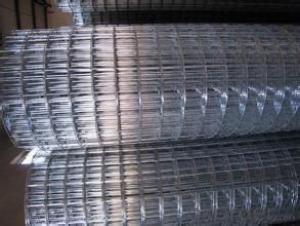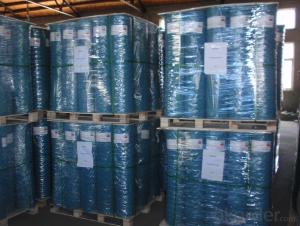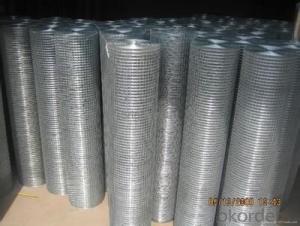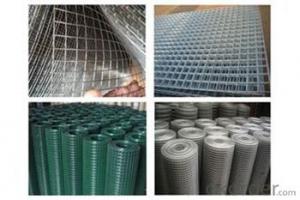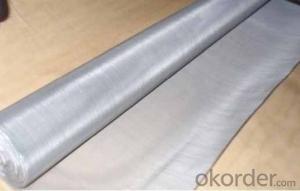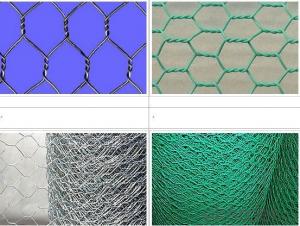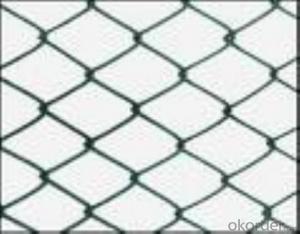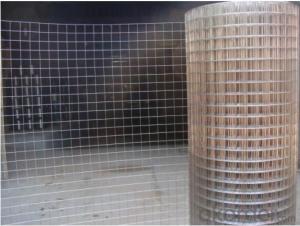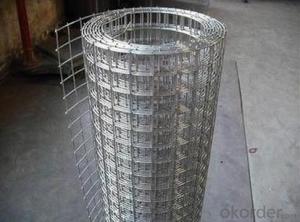1 X 2 Aluminum Bar Stock
1 X 2 Aluminum Bar Stock Related Searches
Led Light Bulbs For Ceiling Fixtures Led Lamps For Ceiling 42 In Ceiling Fan With Light Aluminum Coil Stock For Gutters Aluminum Foil For The Grill Hole Saw For Aluminum Plate Aluminum Tread Plate For Trailer Bow Plate For Aluminum Boat Aluminum Foil For Grow Room Aluminum Foil For Joint PainHot Searches
Stock Price For Aluminum Aluminum Coil Stock For Sale Aluminum Gutter Coil For Sale Used Aluminum Scaffolding For Sale 1/4 Aluminum Plate For Sale Aluminum Bar Stock For Sale Aluminum Round Stock For Sale Aluminum Diamond Plate For Sale Aluminum Scaffolding For Sale Craigslist 6061 Aluminum Plate For Sale Aluminum Dock Plate For Sale 7075 Aluminum Plate For Sale Aluminum Tread Plate For Sale Aluminum Checker Plate For Sale Aluminum Plate For Sale Near Me Plate Aluminum For Sale Aluminum Plate For Sale Aluminum Square Stock For Sale Aluminum Flat Stock For Sale Billet Aluminum Stock For Sale1 X 2 Aluminum Bar Stock Supplier & Manufacturer from China
Okorder.com is a professional 1 X 2 Aluminum Bar Stock supplier & manufacturer, offers integrated one-stop services including real-time quoting and online cargo tracking. We are funded by CNBM Group, a Fortune 500 enterprise and the largest 1 X 2 Aluminum Bar Stock firm in China.Hot Products
FAQ
- There are several different mesh configurations available for steel wire mesh, each designed to cater to specific applications and requirements. Some of the common mesh configurations include: 1. Square Mesh: This is the most basic and widely used mesh configuration, where the wires are woven together in a square pattern, forming equal-sized square openings. It offers good strength and stability. 2. Rectangular Mesh: Similar to square mesh, but with rectangular openings. This configuration provides greater flexibility and is often used in applications where a higher flow rate or larger particle retention is required. 3. Dutch Weave Mesh: In this configuration, the warp wires (running lengthwise) are smaller in diameter than the weft wires (running widthwise). This creates a tighter weave with smaller openings, giving it excellent filtration capabilities for fine particles. 4. Twilled Weave Mesh: It is a variation of the plain square weave, where the weft wires pass over and under two warp wires instead of one. This configuration creates a diagonal pattern, resulting in a stronger mesh with higher tensile strength. 5. Reverse Dutch Weave Mesh: This configuration is the opposite of the Dutch weave mesh, where the warp wires are larger in diameter than the weft wires. It is commonly used for high-pressure filtration applications as it offers exceptional strength and filtration efficiency. 6. Welded Mesh: Unlike woven mesh, welded mesh is created by spot welding the intersecting wires together. This configuration offers high strength and durability and is often used for industrial applications such as fencing, reinforcement, and concrete reinforcement. 7. Expanded Metal Mesh: This configuration is made by cutting and stretching a sheet of metal, creating diamond-shaped openings with raised strands. Expanded metal mesh provides excellent ventilation, visibility, and is commonly used for security applications, architectural purposes, and grating. These are just a few examples of the various mesh configurations available for steel wire mesh. The choice of configuration depends on factors such as the intended application, required strength, filtration needs, and aesthetic preferences.
- Yes, steel wire mesh is suitable for use in aerospace applications. Steel wire mesh offers a range of desirable properties that make it an ideal material for aerospace applications. Firstly, steel wire mesh is known for its strength and durability. It can withstand high levels of tension and provide excellent structural support, which is crucial in aerospace applications where the materials used must be able to withstand extreme conditions such as high temperatures, pressure changes, and vibrations. Additionally, steel wire mesh has excellent thermal conductivity, making it suitable for applications where heat dissipation is important, such as in aerospace components exposed to high temperatures. The mesh structure also allows for good airflow and ventilation, another valuable characteristic in aerospace applications where proper ventilation is necessary to maintain optimal conditions. Furthermore, steel wire mesh is corrosion-resistant, which is essential in aerospace applications where exposure to moisture and harsh environments can occur. Its resistance to corrosion ensures the longevity and reliability of the material, reducing the need for frequent replacements or repairs. Lastly, steel wire mesh is readily available, cost-effective, and easy to install, making it a practical choice for aerospace applications where efficiency and cost-effectiveness are important considerations. Overall, the strength, durability, thermal conductivity, corrosion resistance, and availability of steel wire mesh make it a suitable and reliable material for use in aerospace applications.
- Steel wire mesh is an excellent choice for partition creation. With its versatility and durability, this material can be easily shaped and installed in different settings. Not only does it offer a solid barrier, but it also allows for visibility and airflow. This makes it perfect for dividing workspaces, establishing storage areas, or even constructing decorative partitions in residential or commercial spaces. Moreover, steel wire mesh partitions can be customized to meet specific requirements, offering various sizes and configurations.
- Yes, steel wire mesh can be used for waste baskets. It is a durable and sturdy material that provides good ventilation and allows for easy visibility of the contents inside the waste basket. Additionally, steel wire mesh is easy to clean and maintain, making it a suitable choice for waste disposal.
- Steel wire mesh can be an effective material for radiation shielding applications due to its dense structure and high atomic number. It can attenuate and scatter radiation, reducing its intensity and protecting against harmful effects. Additionally, steel wire mesh is durable, easy to install, and cost-effective, making it a popular choice in various industries requiring radiation shielding.
- There is a wide range of sizes and dimensions for steel wire mesh to cater to different applications and requirements. Here are some common specifications: 1. Mesh Size: Steel wire mesh is categorized based on the number of openings per linear inch, known as the mesh size. It is available in various mesh sizes such as 2, 4, 8, 10, 12, 16, 20, 30, 40, 50, 60, 80, 100, 120, 150, 200, and 400. The finer the wire mesh, the higher the mesh number. 2. Wire Diameter: Steel wire mesh has different wire diameters depending on the application. It can range from thin wires with diameters as small as 0.05 mm (0.002 inches) to thicker wires with diameters up to 6 mm (0.24 inches) or more. Wire diameter is often specified in gauge, with common gauges ranging from 6 to 24. 3. Sheet Size: Standard sheet sizes for steel wire mesh are usually 4 feet (1.2 meters) wide and 8 feet (2.4 meters) long. However, custom sizes can be manufactured to meet specific project requirements. 4. Opening Size: The openings in steel wire mesh can vary depending on the mesh size and wire diameter. Smaller openings are commonly used for fine filtration or insect screening, while larger openings are suitable for applications like fencing or construction reinforcement. Opening size can range from as small as 0.05 mm (0.002 inches) to several centimeters. It is important to note that these dimensions are not exhaustive, and variations in size and dimensions are available to fulfill specific needs. Consulting with a supplier or manufacturer is recommended to determine the most suitable steel wire mesh size and dimensions for a particular application.
- The resistance of steel wire mesh to chemicals greatly depends on the coating applied. The coating functions as a protective layer, preventing direct contact between the mesh and corrosive substances, thus reducing the chance of chemical reactions. Various coatings offer different levels of chemical resistance. For example, a polyvinyl chloride (PVC) coating exhibits excellent resistance to acids, alkalis, and other corrosive chemicals. Conversely, an epoxy coating provides high resistance to solvents, oils, and hydrocarbons. The thickness and quality of the coating also influence the mesh's resistance to chemicals. Thicker coatings offer better protection by creating a more substantial barrier between the wire and corrosive substances. Additionally, high-quality coatings are designed to withstand prolonged exposure to chemicals without deteriorating or easily wearing off. When selecting the appropriate coating, it is crucial to consider the specific chemicals the mesh will encounter in its intended application. This ensures compatibility between the coating and the chemicals, maximizing the mesh's resistance to chemical corrosion. In conclusion, the coating applied to steel wire mesh plays a vital role in its chemical resistance. The type, thickness, and quality of the coating determine the level of protection, emphasizing the importance of choosing a suitable coating for the intended chemical environment.
- Yes, steel wire mesh can be suitable for ceiling panels depending on the specific requirements and aesthetic preferences of the project. Steel wire mesh offers several advantages for ceiling panels, such as durability, strength, and ventilation. It can be used in various environments, including commercial spaces, industrial facilities, and even residential settings. Steel wire mesh ceiling panels are often chosen for their modern and sleek appearance, allowing for natural light and airflow while maintaining a visually appealing design. Additionally, steel wire mesh is fire-resistant and easy to maintain, making it a practical choice for ceiling applications. However, it is important to consider factors such as the weight load capacity, installation method, and any specific regulations or standards that may apply to the project before determining if steel wire mesh is suitable for the ceiling panels.























